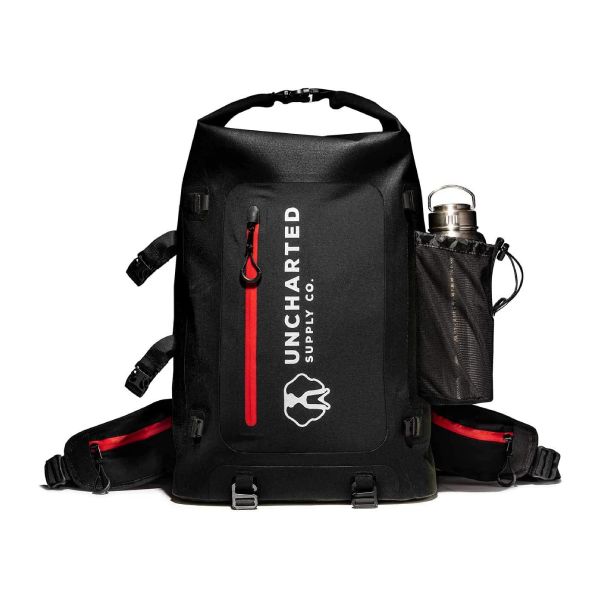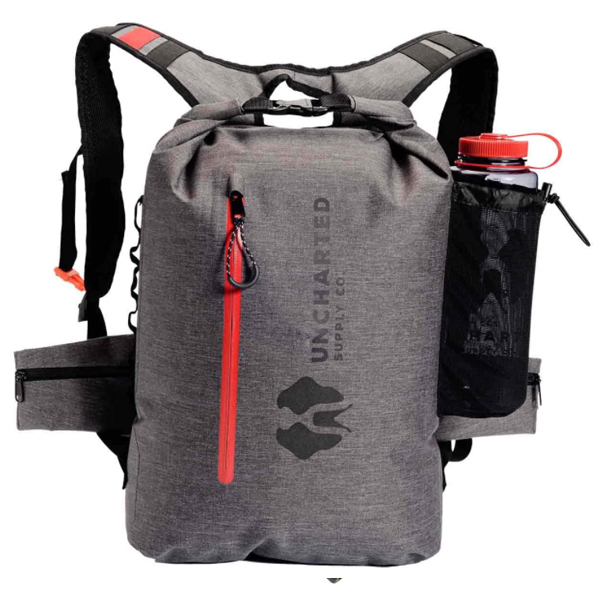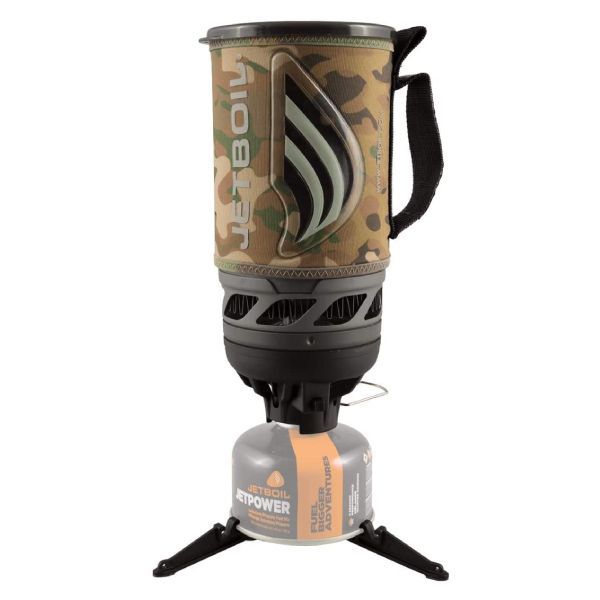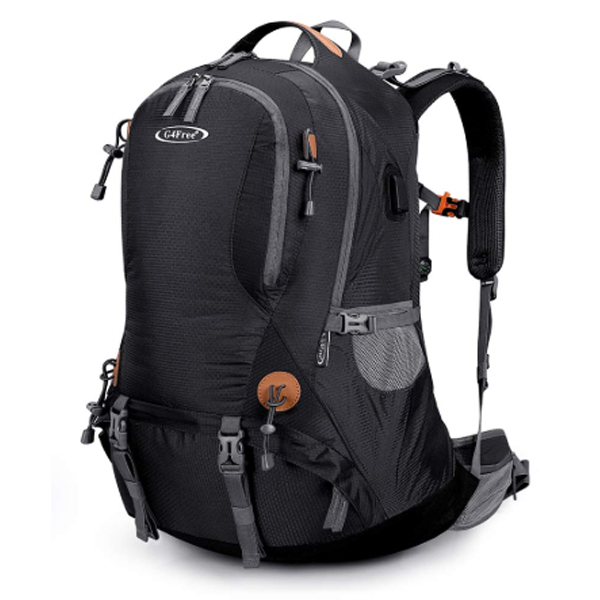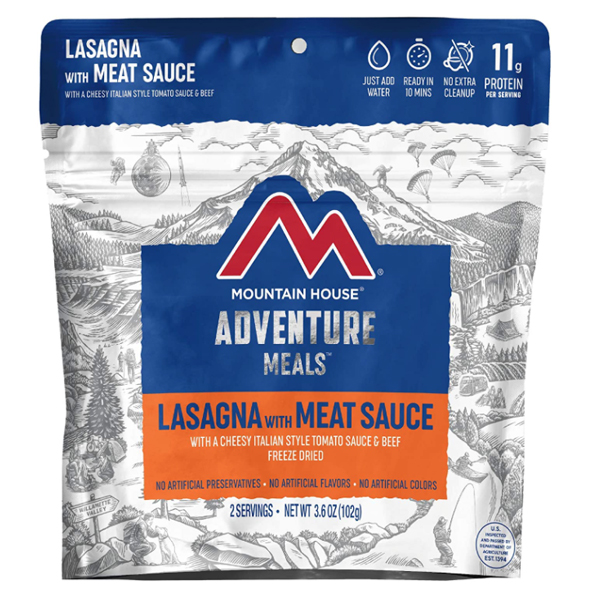Preparing for Nuclear Power Plant Meltdown
A nuclear power plant emergency is the furthest thing from most people’s minds when they think about what might happen -- but that doesn’t mean that you shouldn’t prepare for it just in case.
A notable disaster that most people may know of is the Chernobyl accident in Ukraine, which took place in the spring of 1986. A sudden surge of power had destroyed unit 4 of the power plant station, which in turn caused a fire, releasing massive amounts of radioactivity into the surrounding area.
The Chernobyl Meltdown
According to Wikipedia: "The Chernobyl disaster was caused by a nuclear accident that occurred on Saturday 26 April 1986, at the No. 4 reactor in the Chernobyl Nuclear Power Plant, near the city of Pripyat in the north of the Ukrainian SSR. It is considered the worst nuclear disaster in history and was caused by one of only two nuclear energy accidents rated at seven - the maximum severity - on the International Nuclear Event Scale, the other being the 2011 Fukushima Daiichi nuclear disaster in Japan."
"The accident started during a safety test...the test was a simulation of an electrical power outage to aid the development of a safety procedure for maintaining reactor cooling water circulation until the back-up electrical generators could provide power. This gap was about one minute and had been identified as a potential safety problem that could cause the nuclear reactor core to overheat. It was hoped to prove during a scheduled reactor power-down that the residual rotational energy in a turbine generator could provide enough power to cover the gap. Three such tests had been conducted since 1982, but they had failed to provide a solution. On this fourth attempt, an unexpected 10-hour delay meant that an unprepared operating shift was on duty...A fire gradually released about the same amount of contamination as the initial explosion. As a result of rising ambient radiation levels off-site, a 10-kilometre (6.2 mi) radius exclusion zone was created 36 hours after the accident. About 49,000 people were evacuated from the area, primarily from Pripyat...
"To reduce the spread of radioactive contamination from the wreckage and protect it from weathering, the protective Chernobyl Nuclear Power Plant sarcophagus was built by December 1986."
Portable 5-Gallon Water Container
Portable, durable 5 gallon water containers for potable water transport
Buy on AmazonPreparing for a Nuclear Power Plants Accident
Unfortunately, there aren’t a lot of ways to prepare for a nuclear power plant emergency. The construction and operation of nuclear power plants are closely monitored by the NRC, or, the Nuclear Regulatory Commission. However, that doesn’t guarantee that accidents won’t happen.
Roughly 3 million people live within ten miles of a nuclear power plant in America, and keep themselves safe by staying well informed - they listen to updates and follow the EAS instructions as they are given.
Nuclear Power Plant Emergencies Preparedness Plan – Activity List
There are a few other steps that can be taken to protect yourself and your family when disaster strikes. Here are a few of those steps you can take today.
- Create a family emergency plan
- Sign up to receive emergency updates from your local emergency management agency
- Build an emergency supply kit and keep it in an accessible place
- Make sure you receive yearly materials from your state or local government if you live within 10 miles of a nuclear power plant
- Take out an insurance policy on your home and possessions
- Consider investing in tracking collars for your pets
If there is an active emergency, you may want to take the following steps to stay safe. Never leave a pet behind in an emergency, and take all warnings seriously.
- Follow any and all EAS instructions carefully
- Evacuate immediately when instructed, keeping all windows and vents closed as you do, only using recirculating air in your car
- Stay as far away from the source of radiation as you can
- If you are instructed to remain indoors, shut off your air conditioner, furnace, and ventilation fans
- Retreat to and take shelter in a basement or other underground area (if possible)
Once you have retreated to your shelter, stay there until the authorities have deemed it safe to return to your home - after a nuclear power plant emergency you should consider the following advice.
- Do not return to your home until authorities have deemed it safe
- Tune in to a radio or other broadcast to listen for updates on the emergency
- Seek help if you have come into contact with or been exposed to hazardous radiation
- Change your clothes and shoes once you’re safe and place your potentially contaminated clothing in plastic bags - avoid handling them any further
- Follow decontamination instructions given by authorities
- Seek medical attention for symptoms such as nausea and vomiting after being exposed to radiation
- Keep your food in refrigerators or covered
It’s normal to experience anxiety during and after a nuclear power plant emergency - and completely within reason to reach out for help. Mental health is just as important as your physical health.
Coping with a nuclear power plant emergency
Stress isn’t good for anyone - animals, children, and adults alike. There are many different ways that stress and anxiety can present itself, and thankfully there are many different ways to cope, too.
Try the following activities after you and your family are no longer in danger to attempt to cope with the stress.
- Talk about how the emergency has made you feel - express your anxieties and confide in someone you trust
- Spend time with your family and lean on them when you need to - try playing cards or another game with your loved ones to get your mind off of the emergency
- Avoid taking drugs and drinking alcohol - these are unhealthy coping mechanisms
- Try to avoid watching or reading the news after the incident has passed and you are safe again - reading about or reliving the event over and over again is bad for your stress level
- Take some time for yourself and practice self-care
Self-care can mean many things - and self-care can be practiced just about anywhere. You can take a moment for yourself by doing any of the following.
- Making yourself a cup of tea
- Reading a favorite book or entertaining magazine
- Watching a light-hearted movie or TV show
- Meditating
- Taking a nap or getting some other form of rest
- Writing down how you’re feeling
Remember to be there for others who have gone through the same trauma as you - everyone processes differently. Try to be supportive and comforting to those who express their fear through tears.
Emergency Preparedness Resources

Popular Emergency Checklists
All | Bug Out Bag | 72-Hour Kit |
Evacuation | First Aid
Scouting - Wilderness First Aid
Emergency Plan (ready.gov)
Emergency Contact Info (ready.gov)
Emergency Plan for Schools (ready.gov)
Emergency Gear to Prepare for Nuclear Power Plants Accident
The gear you'll need to survive. The gear you'll need for evacuation is exactly the same as what you might need when you're staying home to weather out the storm.
- 72-hour kit or go Bag - your individual kit should have clothing, gear and supplies for 3-10 days minium
- Food Storage - Take a long food from your long term food storage
You never know when you may need to evacuate your home, and it’s important to not waste time grabbing supplies. Keep an emergency to go bag at the ready somewhere you can easily access it.
Fill your emergency kit with the following - feel free to add or take away items as you please. You may want to consider keeping some emergency supplies in your car or other vehicle.
- Enough water for each member of your household - including pets
- Non-perishable food items
- A can opener
- Flashlights
- Batteries
- A battery-powered radio
- A change of clothes for each member of your household
- A fully charged power bank
- Phone chargers
- Any medications you or your family may take
- Pet care items - such as leashes, bowls, a toy, and blanket
- Infant care items - such as diapers, formula, and wipes
- Pads and tampons
- Comfort items for you, your pets, and your children
- A flash drive with copies of important documents on it
- First aid kit
- Whistle
- Cash or traveler’s checks
Rechargeable LED Headlamp 450 Lumens
Durable, rechargeable 450 lumen LED head lamp for hands free survival
Buy on AmazonUltra Bright Headlamp
Ultra bright, rechargeable 6000 lumen LED head lamp for hands free survival
Buy on AmazonRecommended Products
Hand Crank/Solar Rechargeable AM/FM/SW Radio, LED Flashlight, Power Bank - Rugged
Emergency hand crank/solar powered energy source, radio, LED flashlight
Buy on AmazonPortable, Waterproof Power Bank - Rugged
Rugged 10000mAh portable, waterproof power bank and USB charger
Buy on Amazon1This post may contain affiliate links. If you make a purchase, I may earn a small commission at no additional cost to you.
2 As an Amazon Associate we earn from qualifying purchases.
3 Most reviews are based on personal experience from one of our content editors. Some are based on research and the opinions of other reviewers.

